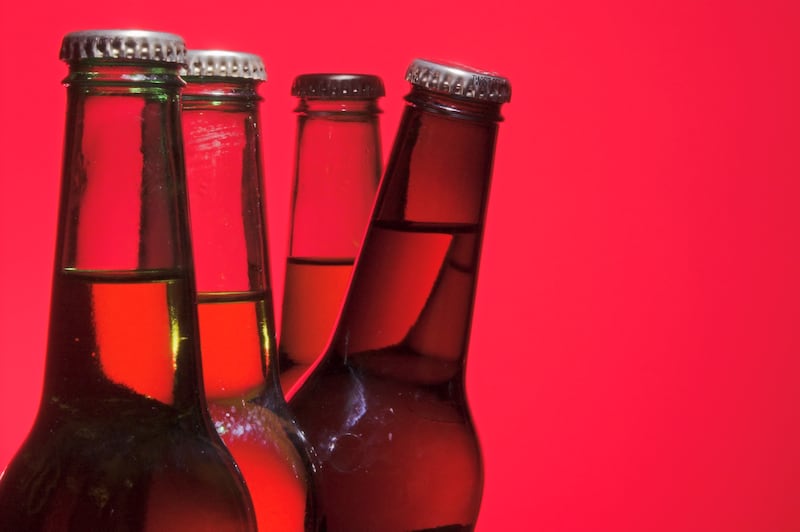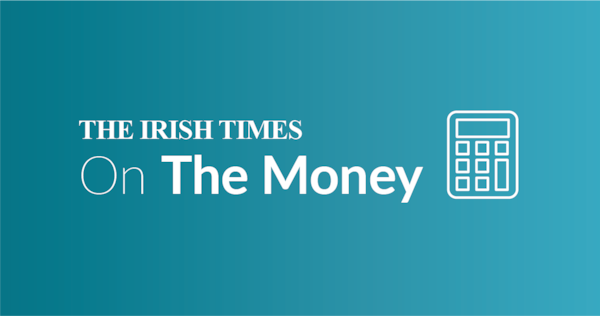We had two readers contact us in connection with alcohol-free beer – the first of whom was Renée, a woman who became alarmed when she realised alcohol-free beer has “a content of alcohol in it”.
Renée made this discovery after hearing a story of a young man, who, she says, was stopped by gardaí and breathalysed, after which the machine “registered a percentage” of alcohol consumption and saw him “being brought to a station before being released”. Or at least, that is how the story Renée heard went.
“He had only been drinking alcohol-free beer. Gardaí told him this happens as there is alcohol content in the product. Is this true because I am shocked,” she says. “I read then that this can also impact recovery from alcoholism. Can you explain this to me or look into it please?”
She concludes by saying she is in her 70s and “took the pledge at Confirmation in 1963”.
Sean, meanwhile, was in touch wondering why he can’t buy non-alcoholic beers before 10.30am, and why, when he scans his cans at the till in his local supermarket, his ID is checked “even though I may as well be buying water”?
First to Renée. Her confusion is perhaps understandable, as the sector is still fairly new – although it is growing fast.
How fast? Well, Heineken’s alcohol-free brand is now available on draught in about 3,000 locations around the country, while Diageo is boosting production of Guinness 0.0 and plans to double brewing capacity to 176 million pints a year for the Irish and international market.
Pricewatch is quite the fan of alcohol-free beers as it happens, and we too have wondered why we have to prove we are over 18 when buying such sober tipples?
According to Ibec group Drinks Ireland, sales of alcohol-free beer alternatives increased by a healthy 18 per cent in 2023, doubling their market share over four years, although alcohol-free alternatives still make up just 2 per cent of the total Irish beer market. In Spain, alcohol-free options make up more than 14 per cent of the beer market.
Renée is not wrong to say there can be some alcohol in non-alcoholic drinks, as under Irish law an alcoholic beverage is one that has a strength of more than 0.5 per cent ABV (alcohol by volume).
That means a product can be labelled as “alcohol-free” if it has less than 0.5 per cent ABV. A beverage is considered low alcohol if it is 1.2 per cent ABV or less.
The presence of tiny amounts of alcohol in such products is a key reason why those seeking to recover from an alcohol dependency are very, very strongly advised not to consume them, as they can trigger relapses.
Renée’s story about the man being stopped and breathalysed and triggering the machine after a night of non-alcoholic beer sounded unlikely to us.
So we called the gardaí – actually, we mailed them. A spokesman told us that “people need to be mindful if they drink alcohol. The contents of non-alcoholic drinks is not something we have a comment on.”
Fair enough.
But we needed to find out more.

As luck would have it, we came across an excellent BBC Sounds podcast called Sliced Bread which did a deep dive on the topic.
Presenter Greg Foot talked to Laura Willoughby, co-founder of mindful drinking organisation Club Soda, and Kerry Torrens, a registered nutritionist.
Willoughby pointed out that 0.5 per cent ABV is very low in alcohol and would be very, very unlikely to have much impact on a person’s sobriety.
She told the podcast that pretty much everything that has a fermentation process can have an alcoholic content. We were amazed to learn that a banana left to overripen can have as much as 0.5 per cent ABV, while vinegar can reach 0.3 per cent. More than four times that amount of alcohol can be found in soy sauces.
You wouldn’t drink four pints of soy sauce, we reckon, so the comparison is not overly helpful when it comes to putting Renée’s mind at ease.
[ Conor Pope: Why does a zero-alcohol, low-tax pint cost the same as a normal beer?Opens in new window ]
A German study on the topic might help though. Researchers in Germany asked people to drink 1.5 litres of 0.4 per cent ABV beer (just under three pints) each. Their blood samples were then analysed and the traces of alcohol found were 100 times lower than the legal drink-drive limit.
That suggests to us that the story Renée heard is doubtful.
Now, to Sean‘s query.
Pricewatch is quite the fan of alcohol-free beers as it happens, and we too have wondered why we have to prove we are over 18 when buying such sober tipples? If they are alcohol-free then why all the palaver?
It turns out that there are good reasons for the rigour – although they are not necessarily legal ones.
Non-alcoholic drinks are aimed at adults, not children, and the drinks industry and retailers have imposed a blanket rule that they can only be sold to individuals who are aged over 18.
Beer companies, retail chains and pubs don’t want to be openly accused of blurring the lines between drinking and not drinking – and it is easier to just have the same rules for both categories of beer.
It also avoids any confusion in pubs. If non-alcoholic beers could be sold to children, then you could imagine a scenario where a 10-year-old sits at a table drinking a pint of 0:0 while their parents sit beside them drinking regular beer.
That would be pretty tricky for the authorities to police - miscreant children could handily swap out alcoholic drinks for non-alcoholic ones, and no one would be any the wiser. And if an establishment was raided, the only way the guards could prove the minor had not been served an alcoholic drink would be to have their pint lab tested – which would be insane.













